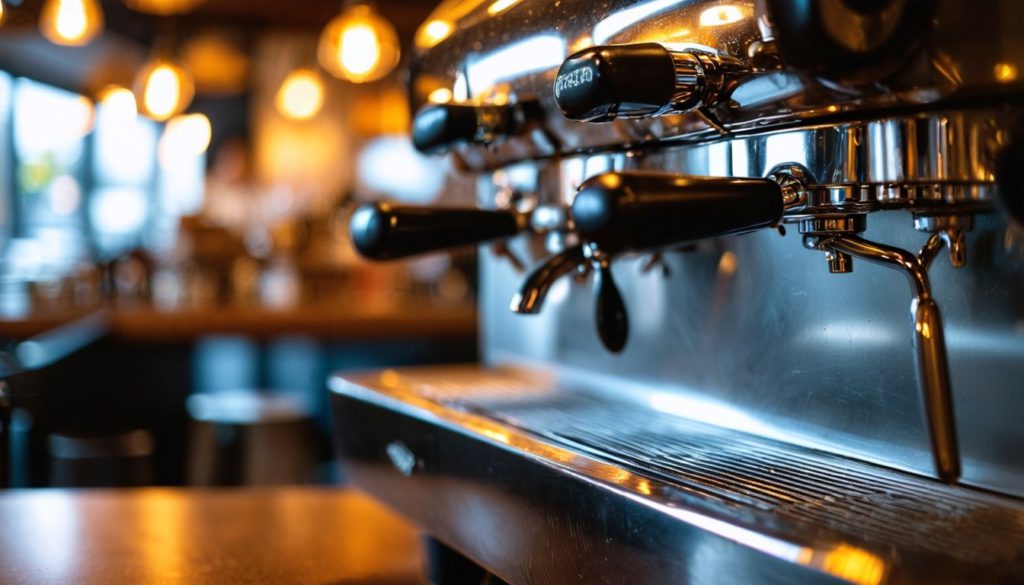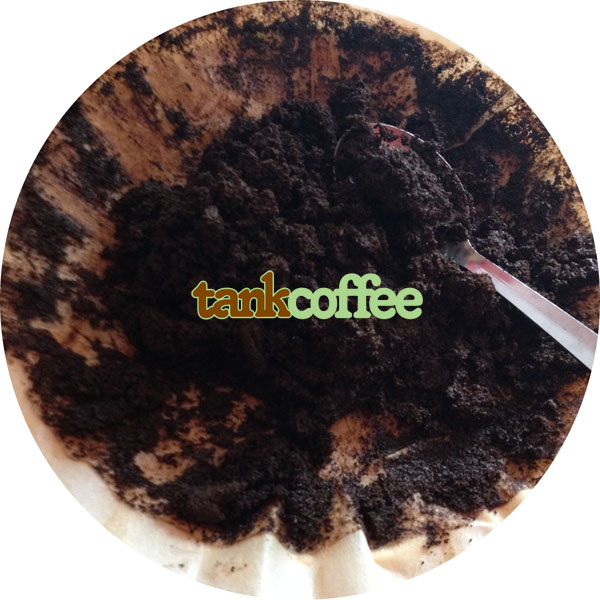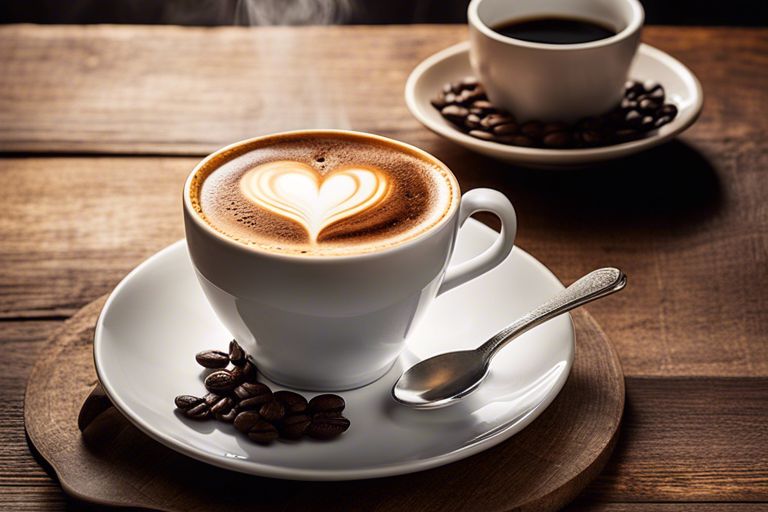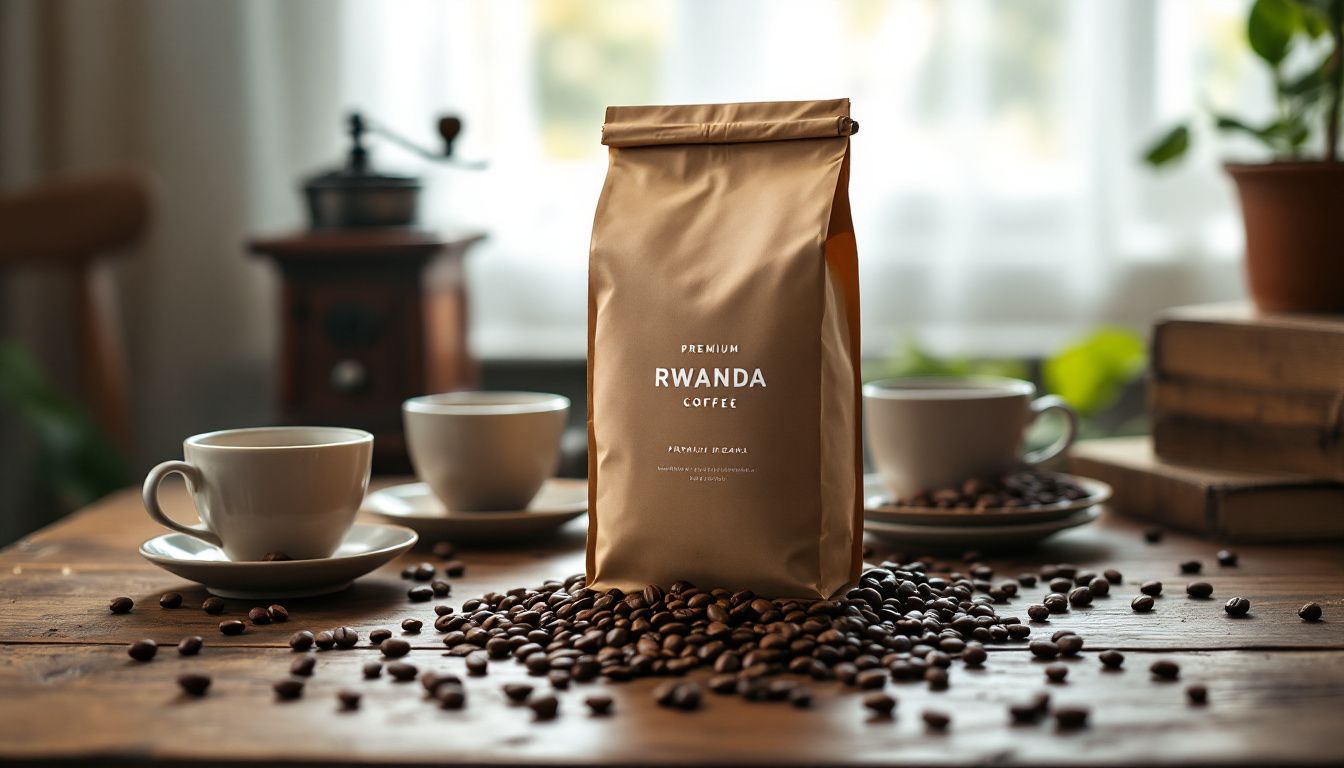Blog
Mastering Espresso Extraction Time: Pulling The Perfect Shot Every Time
Ever pulled an espresso shot that tasted off? Many coffee lovers struggle with inconsistent results, leaving them frustrated and unsure.
The ideal extraction time for espresso is 25-30 seconds. This blog will teach you how to nail that perfect shot every time. You’ll learn about grind size, water temp, and pressure.
Ready to up your espresso game?
Understanding Basics of Espresso Extraction
Espresso extraction involves forcing hot water through finely ground coffee under high pressure. You’ll aim for a 25-30 second brew time, with 26 seconds as the sweet spot. For a double shot, use 14-18 grams of coffee to produce 50-60ml of liquid espresso.
The process balances flavour compounds, acids, and oils to create a rich, complex drink topped with crema.
Proper tamping is key – apply 15-20 kg of pressure to create an even coffee bed. Your espresso machine’s pump pushes water at 9 bars through the puck, extracting soluble compounds.
Grind size, dose, and distribution affect flow rate and extraction yield. Adjust these variables to dial in your shot and achieve the perfect balance of sweetness, acidity, and body in your cup.
Exploring Key Factors that Influence Extraction Time
 Grind size plays a pivotal role in extraction time. Finer grinds increase surface area, leading to faster extraction. Coarser grinds slow it down. You’ll need to adjust your grinder settings to achieve the ideal 25-30 second extraction for a balanced espresso.
Grind size plays a pivotal role in extraction time. Finer grinds increase surface area, leading to faster extraction. Coarser grinds slow it down. You’ll need to adjust your grinder settings to achieve the ideal 25-30 second extraction for a balanced espresso.
Water temperature and pressure also impact extraction speed. The sweet spot lies between 88-94°C and 9 bar of pressure. Too hot, and you’ll over extract, resulting in bitterness. Too cool, and you’ll under extract, producing sour notes.
Your machine’s calibration is key to maintaining these parameters consistently.
Examining Roles of Espresso Machines in Extraction

Espresso machines play a pivotal role in extraction. They control water temperature, pressure, and flow rate – key factors affecting your shot’s quality. Modern equipment like the Nuova Simonelli Oscar II offers precise control over these variables, allowing you to fine-tune your brew.
Different machines suit different needs. Home baristas might opt for a Gaggia, while commercial setups require robust models. Your choice impacts extraction time and flavour profile.
Proper maintenance ensures consistent performance, helping you achieve that perfect 25-30 second pull for a balanced espresso.
Techniques to Adjust Extraction Time Effectively
Mastering espresso extraction time requires precision and practice. Here are effective techniques to adjust your extraction time:
- Grind size adjustment: Finer grinds slow extraction, while coarser grinds speed it up. Aim for 25-30 second shots.
- Dose control: Measure your coffee dose accurately using a scale. A consistent dose helps maintain extraction time.
- Tamping pressure: Apply even, firm pressure when tamping. Inconsistent tamping affects water flow and extraction time.
- Water temperature tweaks: Higher temperatures extract faster. Adjust your machine’s temperature settings in small increments.
- Pump pressure modifications: Lower pressure slows extraction. Some machines allow pressure adjustments for fine-tuning.
- Pre-infusion time: Longer pre-infusion can extend total extraction time. Experiment with different pre-infusion durations.
- Basket size selection: Larger baskets hold more coffee, potentially increasing extraction time. Choose baskets suited to your dose.
- Distribution technique: Even coffee distribution in the portafilter promotes uniform extraction. Use tools like distribution rings.
Diving Deeper into Espresso Extraction Insights
Espresso extraction is an art and a science. You’ll find key insights to help you pull the perfect shot every time.
Adjust Grind Size for Optimal Extraction
Grind size plays a pivotal role in espresso extraction. Finer grinds increase brewing time, while coarser grinds speed up the process. A study published in “Physics of Fluids” in May 2023 revealed that ultra-fine settings on grinders lead to greater extraction, improved quality, and reduced coffee wastage.
You’ll want to adjust your grind finer if your shot time falls under 25 seconds.
For optimal extraction, experiment with your grinder settings. Start with a medium-fine grind and make small adjustments. Too fine a grind can result in over-extraction, producing bitter flavours.
Too coarse, and you’ll get under-extraction, leading to sour notes. Aim for a grind that yields a 25-30 second extraction time for a balanced, flavourful espresso.
Role of Water Temperature and Pressure in Espresso Quality
Water temperature and pressure play pivotal roles in espresso quality. Your machine’s temperature should stay between 88-94°C for optimal extraction. This range ensures proper dissolution of coffee compounds, yielding balanced flavours.
Pressure, ideally at 9 bars, forces water through the coffee puck evenly. Too low pressure results in weak espresso, while excessive pressure can lead to over-extraction and bitterness.
Stable temperature and pressure throughout the brewing process are key. Pre-infusion, a gentle wetting of grounds before full pressure, promotes even extraction. Your espresso machine’s ability to maintain these factors greatly impacts shot consistency.
High-end models often feature precise temperature control and pressure profiling capabilities for superior results.
Effects of Tamping on Espresso Extraction
Tamping plays a pivotal role in espresso extraction. You’ll need to apply 15-20 kg of pressure to create the ideal resistance for water flow. This process expels air pockets and levels the coffee bed, ensuring uniform extraction.
Experts suggest aiming for 15-30 pounds (6.8-13.6 kg) of force when tamping.
Proper tamping directly impacts your espresso’s flavour profile. Under-extraction, often caused by insufficient tamping, results in a sour taste. Conversely, over-extraction from excessive tamping produces a rough, dry sensation.
Balanced tamping leads to a flavourful shot, harmonising the coffee’s natural oils and compounds.
Expert Tips for Aspiring Home Baristas
Expert tips can elevate your home espresso game. Here’s a list of pro advice for aspiring baristas:
- Invest in quality equipment: A good burr grinder and espresso machine are essential. They’ll help you achieve consistent results and extract the best flavours from your coffee beans.
- Master your dosing: Aim for 14-18 grams for a double shot. Precise dosing impacts extraction time and flavour balance.
- Perfect your tamping technique: Apply even pressure to create a level bed of coffee. This ensures uniform water flow through the puck.
- Dial in your grind: Adjust grind size to achieve a 25-30 second extraction for 50-60ml of espresso. Finer for slower, coarser for faster.
- Monitor water temperature: Keep it between 90-96°C for optimal extraction. Too hot can lead to bitter notes, too cool to sour tastes.
- Taste every shot: Your palate is your best tool. Regular tasting helps you fine tune your recipe and understand flavour profiles.
- Clean your equipment regularly: Residual oils can taint future shots. A clean machine produces better espresso and lasts longer.
- Experiment with different beans: Try various origins and roasts to expand your palate and find your preferred flavour profiles.
Conclusion
You’ve learned the essentials of pulling perfect espresso shots. Remember: grind size, water temp, and pressure are key. Practise these techniques for consistently great results. Experiment with different beans to discover your favourite flavours.
Share your newfound skills – invite friends for a home brewed cappuccino.
FAQs
What’s the ideal extraction time for a perfect espresso shot?
The sweet spot’s 25-30 seconds. Too quick? Weak flavour. Too slow? Bitter taste. Adjust your grind size, tamping pressure, and dose for balanced extraction.
How does grind size affect espresso brewing?
Grind size is crucial. Finer grinds slow extraction, coarser speeds it up. Use a quality burr grinder for consistent particle size. Dial in your grind for optimal flow rate.
What’s the right brew ratio for espresso?
Aim for 1:2 – one part coffee to two parts liquid. For a double shot, that’s 18g coffee grounds yielding 36g espresso. Adjust to taste, but keep it between 1:1.5 and 1:3.
Can I use any roast for espresso?
Darker roasts are traditional, but light roasts work too. Darker = less acidity, more body. Lighter = brighter flavours, higher caffeine. Choose based on your taste preference.
How important is water temperature for espresso extraction?
Very. Ideal range: 90-96°C. Too hot? Over-extraction, bitterness. Too cool? Under-extraction, sourness. Most home machines regulate this automatically.
What’s the role of pressure in espresso brewing?
Pressure’s key. Standard is 9 bars. It forces hot water through compacted grounds, creating crema and extracting flavours. Some machines let you adjust pressure for different taste profiles.



